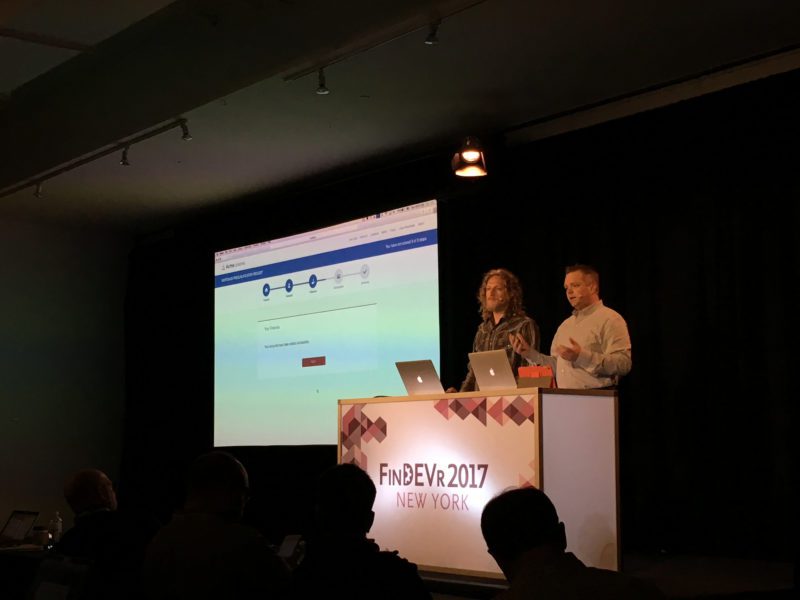Guest post by Theodora Lau, Director of Enterprise Strategy and Innovation at AARP, a sponsor of FinovateSpring 2017. Originally published April 4.
Update: Check out a copy of AARP’s April 2017 Financial Innovation Frontiers report online.
The financial services industry has shown no shortage of enthusiasm for the millennial generation, with banks and startups all clamoring to be the first to understand and serve the needs of the young digital natives and the mobile first generation.
But what about the rest of Americans?
Meet the most financially challenged generation in American history. There are over 111 million Americans aged 50 and older, confronting a financial future with high anxiety, great struggle, and kitchen table economics that are more complex than any generation has ever faced. Financial decisions are numerous and amplified in importance with longevity. Much is at stake.
Many of these consumers are financially exposed and ill-prepared in three critical areas where financial innovators can have a transformative impact:
- Financial fitness
- Healthcare emergencies
- Retirement readiness
Although the 50-plus community represents only 35% of the entire U.S. population, they account for $116.8 billion in revenue in 2017 for the traditional banking industry. They are avid users of digital tools, services, and products, and they are increasingly finding that their needs are not met by the bank offerings alone. As a result, they are turning to alternative financial services and products. For 2017, AARP forecasts the 50-plus consumers will spend $15.3 billion in the fast-emerging alternative financial services sector.
To win over this market, innovators need to:
- Remove friction from the user experience
- Improve customer service
- Proactively deliver personalized insight and advice
- Transform consumer financial anxiety into digital empowerment
- Influence regulatory change and financial policy to encourage healthy digital disruption
Americans approaching retirement have the most to gain from financial innovation for one simple reason: They must make crucial financial decisions. Only one in four 50-plus consumers is highly confident they can meet their financial needs in the next five years.
So the opportunity is clear: Ignoring these needs translates to leaving money on the table. The financial services industry must rethink how it delivers financial services that are useful for the 50-plus consumers. It must find a way to proactively engage them more deeply, and leverage digital tools to put the “personal” into “personal finance”, with one-to-one insight, advice, and recommendations.
The clock is ticking.
*The above is an executive summary of the new Financial Innovation Frontiers Report, produced by Javelin Strategy & Research and AARP. The full report will be released at the 6th Annual Innovation@50+ LivePitch event at Mountain View, CA, on April 13. Engage with thought leaders, entrepreneurs, investors and AARP consumers for a day of FinTech panel discussion and startup pitches. Register at our event page Innovation@50+ with comp code AARP2017 for friends of Finovate.
*The full report will also be available for attendees at FinovateSpring 2017, April 26 & 27, where AARP is a sponsor.
For more information about AARP’s technology innovation initiatives and how AARP spark innovation in the marketplace for the benefit of people over 50, please visit Innovation@50+.


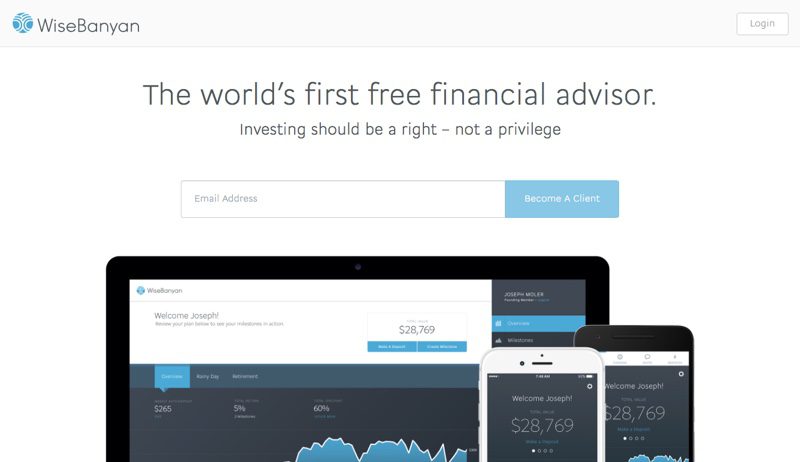

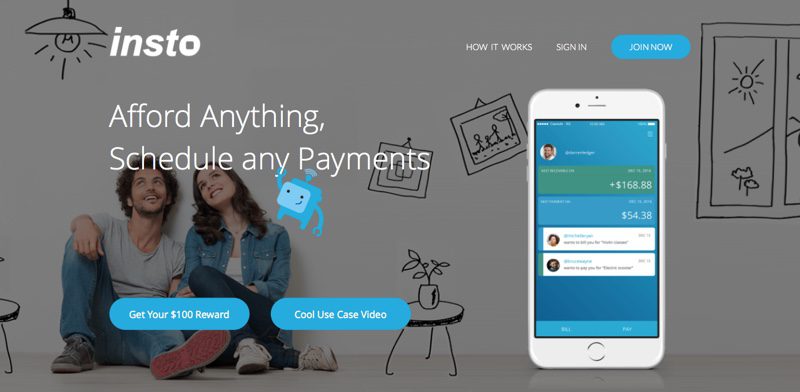

 Bruce Chen, CEO
Bruce Chen, CEO 
 Presenters:
Presenters: Felipe Gil, VP of Product Development
Felipe Gil, VP of Product Development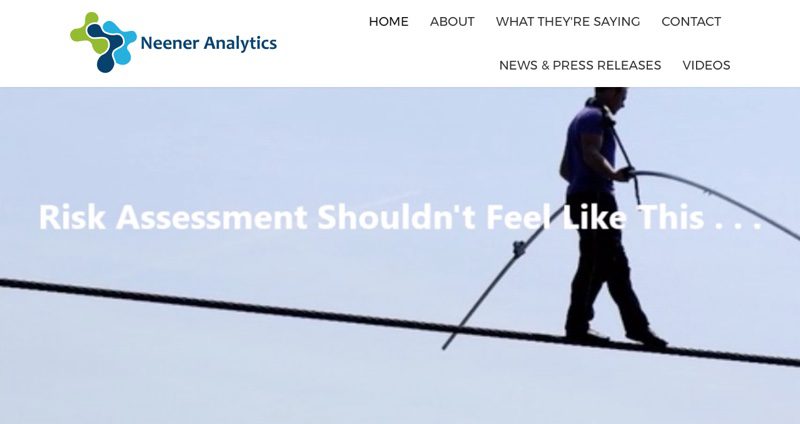
 Presenters:
Presenters: Marc Tomlinson, Co-founder/CTO
Marc Tomlinson, Co-founder/CTO 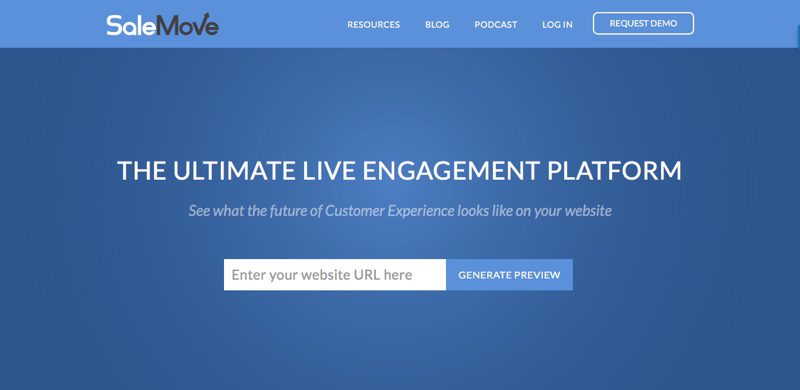
 Dan Michaeli, Co-Founder and CEO
Dan Michaeli, Co-Founder and CEO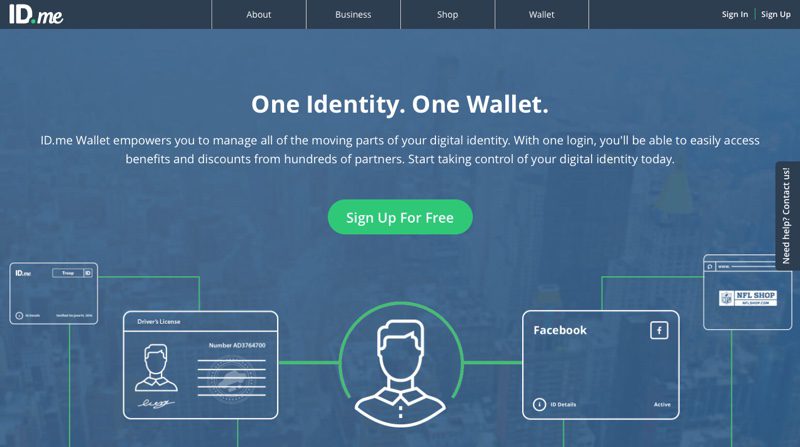
 Presenters:
Presenters: Stephen Smith, Director of Strategic Partnerships
Stephen Smith, Director of Strategic Partnerships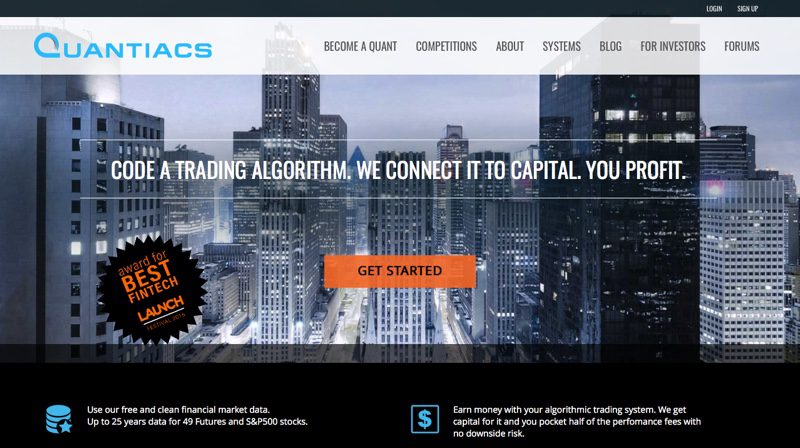
 Presenters
Presenters
